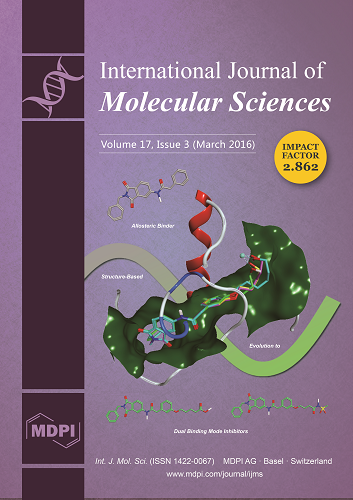1
Graduate Institute of Natural Products, College of Pharmacy, Kaohsiung Medical University, Kaohsiung 807, Taiwan
2
Department of Biotechnology, College of Life Science, Kaohsiung Medical University, Kaohsiung 807, Taiwan
3
Department of Life Sciences, Tzu Chi University, Hualien 970, Taiwan
4
Graduate Institute of Natural Products, College of Medicine, Chang Gung University, Taoyuan 333, Taiwan
5
Research Center for Industry of Human Ecology and Graduate Institute of Health Industry Technology, Chang Gung University of Science and Technology, Taoyuan 333, Taiwan
6
Department of Anesthesiology, Chang Gung Memorial Hospital, Taoyuan 333, Taiwan
7
School of Pharmacy, College of Pharmacy, China Medical University, Taichung 404, Taiwan
8
Chinese Medicine Research and Development Center, China Medical University Hospital, Taichung 404, Taiwan
9
Center for Molecular Medicine, China Medical University Hospital, Taichung 404, Taiwan
10
Center for Infectious Disease and Cancer Research, Kaohsiung Medical University, Kaohsiung 807, Taiwan
11
The Institute of Biomedical Sciences, National Sun Yat-Sen University, Kaohsiung 804, Taiwan
12
Cancer Center, Kaohsiung Medical University Hospital, Kaohsiung 807, Taiwan
13
Department of Marine Biotechnology and Resources, National Sun Yat-sen University, Kaohsiung 804, Taiwan
†
These authors contributed equally to this work.
add
Show full affiliation list
remove
Hide full affiliation list
Abstract
The
Aquilaria malaccensis (Thymelaeaceae) tree is a source of precious fragrant resin, called agarwood, which is widely used in traditional medicines in East Asia against diseases such as asthma. In our continuous search for active natural products,
A. malaccensis seeds ethanolic extract demonstrated
[...] Read more.
The
Aquilaria malaccensis (Thymelaeaceae) tree is a source of precious fragrant resin, called agarwood, which is widely used in traditional medicines in East Asia against diseases such as asthma. In our continuous search for active natural products,
A. malaccensis seeds ethanolic extract demonstrated antiallergic effect with an IC
50 value less than 1 µg/mL. Therefore, the present research aimed to purify and identify the antiallergic principle of
A. malaccensis through a bioactivity-guided fractionation approach. We found that phorbol ester-rich fraction was responsible for the antiallergic activity of
A. malaccensis seeds. One new active phorbol ester, 12-
O-(2
Z,4
E,6
E)-tetradeca-2,4,6-trienoylphorbol-13-acetate, aquimavitalin (1) was isolated. The structure of 1 was assigned by means of 1D and 2D NMR data and high-resolution mass spectrometry (HR-MS). Aquimavitalin (1) showed strong inhibitory activity in A23187- and antigen-induced degranulation assay with IC
50 values of 1.7 and 11 nM, respectively, with a therapeutic index up to 71,000. The antiallergic activities of
A. malaccensis seeds and aquimavitalin (1) have never been revealed before. The results indicated that
A. malaccensis seeds and the pure compound have the potential for use in the treatment of allergy.
Full article






